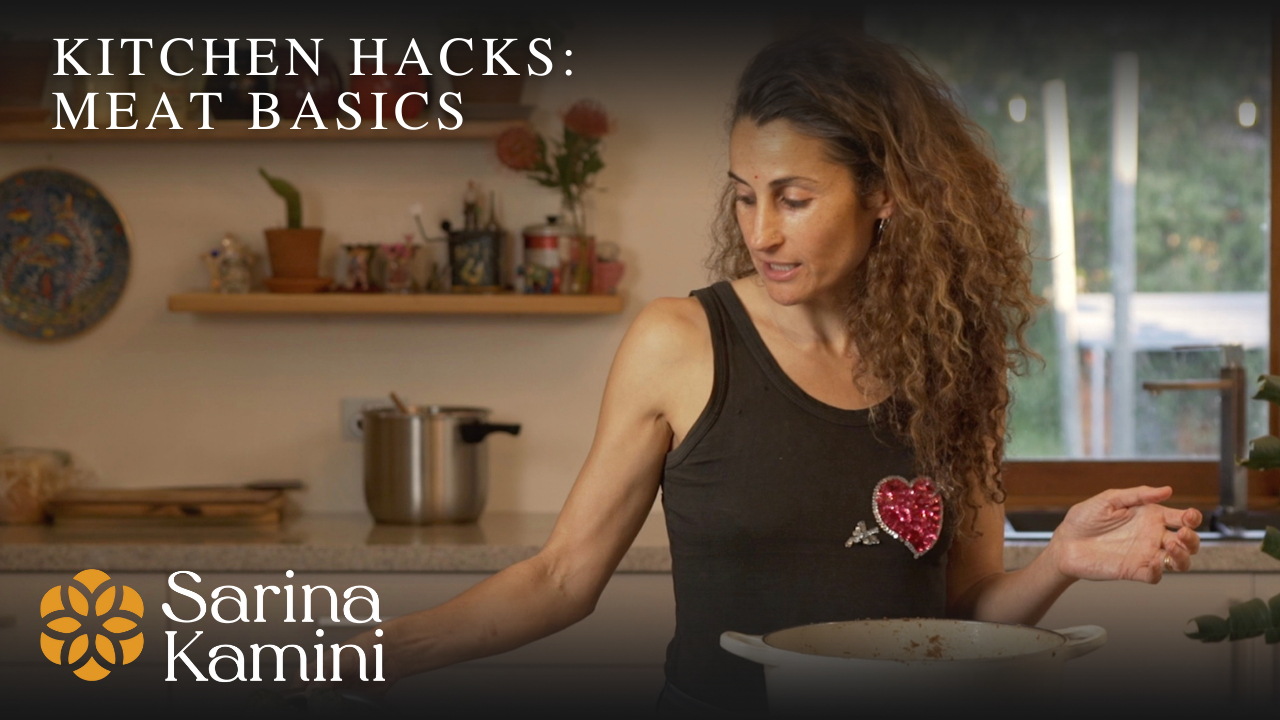MEAT BASICS
MEAT BASICS

People often express surprise that I eat and cook my family’s traditional dishes all year ‘round. India is a country of more than one billion people, living in varying desert, plateau, tropical monsoonal, coastal, and mountainous climes. Hot or not, spice and heavily cooked foods are important parts of everyday life.
The key to lightening spice is using technique to modify traditional dishes to suit both the seasons and the appetite. This technique of minimally browning meat results in a lighter end dish without losing out on tradition, volume of fats, or weight of spice
Look here for an insight into what an intense meat browning process looks like.
When it comes to softening spice with a lighter browning approach, consider these insights below:
A LIGHTER APPROACH:
Getting a lighter end dish isn’t so much about reducing the fats and oils when browning meat, as it is reducing the caramelisation on the meat. Caramelisation and very rich browned meat accelerates flavour through development of umami character and the volume of fats picked up by the meat: you can see how fat also drives salt in this video.
It’s important to not skip the browning process entirely. It’ll take a lot more arm wrestling with your spices to flavour meat that that isn’t browned at all. Preparing produce for spicing is one of the key techniques of traditional Indian dishes across all regions.
As a general rule, when browning meat in a lighter capacity I will still give the protein a good 20 minutes of process in order to attain the minimal colourisation and caramelisation required to ensure my spices are beautifully expressed.
